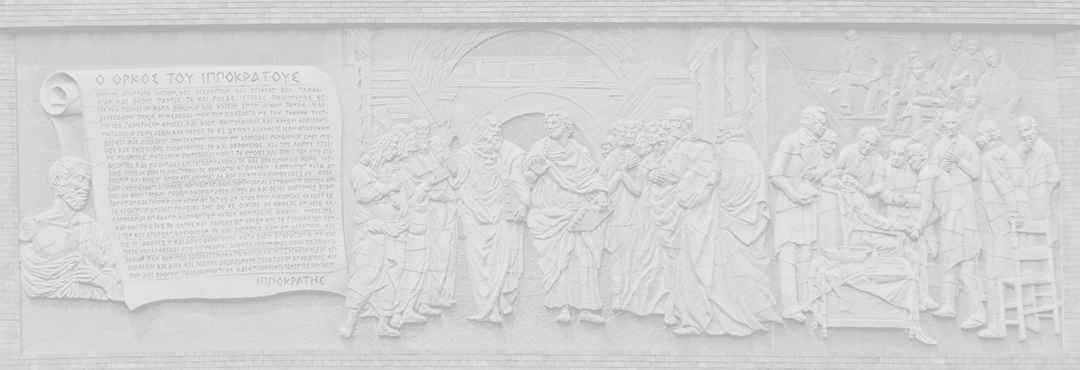Stage III Chorioamnionitis Is Associated with Reduced Risk of Severe Retinopathy of Prematurity
May 30, 2024
Abstract
Objective
To identify whether histologically confirmed chorioamnionitis (hCAM) is associated with development of retinopathy of prematurity (ROP).
Study design
We retrospectively analyzed two different cohorts. Cohort 1 was the national database of newborns in Japan born at ≤1500g or <32 weeks’ gestation (January 2003 through April 2021, n=38,013). Cohort 2 was babies born at <1500g from a single institution in Tsuchiura, Japan, (April 2015 through March 2018, n=118).
Results
For Cohort1, after adjusting for potential confounders, stage III CAM (n=5,554) was associated with lower odds of severe ROP (stage ≥3 or required peripheral retinal ablation) by 14% (odds ratio [OR]: 0.86; 95% confidence interval [CI]: 0.78–0.94]. CAM of stage I (n=3,277) and II (N=4,319) was not associated with the risk of ROP. For Cohort 2, the odds of severe ROP were significantly reduced in moderate to severe hCAM groups (stage II, OR: 0.06, 95% CI: 0.05–0.82; stage III, OR: 0.10, 95% CI: 0.01-0.84). Neonates with funisitis, comorbidity of hCAM, and a finding of fetal inflammatory response had lower odds of severe ROP (OR: 0.11; 95% CI: 0.01–0.93).
Conclusions
After adjusting for confounders, severe hCAM with fetal inflammatory response was associated with reduced risk of ROP.
Key words
UCMSC (umbilical cord mesenchymal stem cell)FunisitisFetal Programming
To identify whether histologically confirmed chorioamnionitis (hCAM) is associated with development of retinopathy of prematurity (ROP).
Study design
We retrospectively analyzed two different cohorts. Cohort 1 was the national database of newborns in Japan born at ≤1500g or <32 weeks’ gestation (January 2003 through April 2021, n=38,013). Cohort 2 was babies born at <1500g from a single institution in Tsuchiura, Japan, (April 2015 through March 2018, n=118).
Results
For Cohort1, after adjusting for potential confounders, stage III CAM (n=5,554) was associated with lower odds of severe ROP (stage ≥3 or required peripheral retinal ablation) by 14% (odds ratio [OR]: 0.86; 95% confidence interval [CI]: 0.78–0.94]. CAM of stage I (n=3,277) and II (N=4,319) was not associated with the risk of ROP. For Cohort 2, the odds of severe ROP were significantly reduced in moderate to severe hCAM groups (stage II, OR: 0.06, 95% CI: 0.05–0.82; stage III, OR: 0.10, 95% CI: 0.01-0.84). Neonates with funisitis, comorbidity of hCAM, and a finding of fetal inflammatory response had lower odds of severe ROP (OR: 0.11; 95% CI: 0.01–0.93).
Conclusions
After adjusting for confounders, severe hCAM with fetal inflammatory response was associated with reduced risk of ROP.
Key words
UCMSC (umbilical cord mesenchymal stem cell)FunisitisFetal Programming
Journal Article
JOURNAL: Journal of Pediatrics
TITLE: Stage III Chorioamnionitis Is Associated with Reduced Risk of Severe Retinopathy of Prematurity
DOI: https://doi.org/10.1016/j.jpeds.2024.114085
TITLE: Stage III Chorioamnionitis Is Associated with Reduced Risk of Severe Retinopathy of Prematurity
DOI: https://doi.org/10.1016/j.jpeds.2024.114085
Correspondence to
Kenichi Kashimada, Associate Professor
Department of Pediatrics and Developmental Biology,
Graduate School of Medical and Dental Sciences,
Tokyo Medical and Dental University(TMDU)
E-mail:kkashimada.ped(at)tmd.ac.jp
*Please change (at) in e-mail addresses to @ on sending your e-mail to contact personnels.

